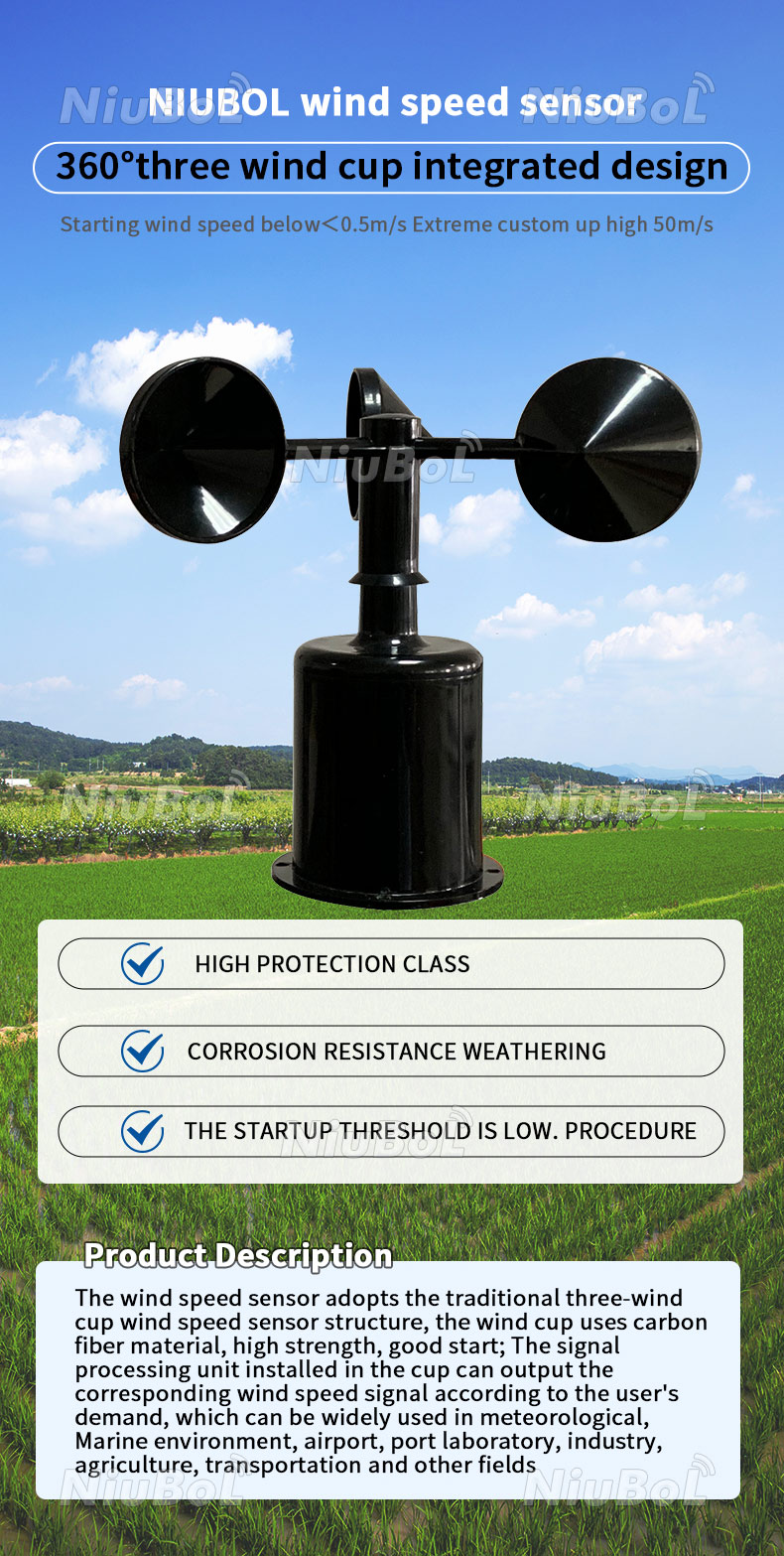The Role of an Anemometer in Improving Security for Outdoor Activities
The Role of an Anemometer in Improving Security for Outdoor Activities
Blog Article
All You Required to Know Concerning Anemometers: Exactly How They Function, Why They Matter, and Where to Make use of Them
Anemometers, though frequently overlooked in the realm of clinical instruments, play a crucial duty in different fields, using valuable understandings into wind rate and airflow patterns. Recognizing the mechanics behind these gadgets is vital for anybody looking for to harness the power of this information. From meteorologists tracking weather condition patterns to engineers creating frameworks with wind tons in mind, the applications of anemometers are far-ranging and diverse. As we look into the ins and outs of anemometer technology, we will uncover the inner workings of these tools, their importance, and the crucial considerations when picking the best anemometer for specific applications.

Anemometer Fundamentals
An essential tool utilized to gauge wind rate and direction, the anemometer plays a vital function in weather forecasting and various markets. An anemometer commonly consists of three or four cups that revolve in the wind, a vane that aims right into the wind, and sensors to track the turnings or motions.
There are numerous types of anemometers offered, consisting of cup anemometers, vane anemometers, hot-wire anemometers, and sonic anemometers, each with its unique functions and applications. Mug anemometers are typically made use of for standard wind speed dimensions, while vane anemometers are favored for directional dimensions.
Concepts of Anemometer Procedure
Structure on the fundamental understanding of anemometer essentials, the principles of anemometer procedure elucidate the auto mechanics behind wind rate and direction measurements. Anemometers operate the concept of airflow affecting a sensor, causing it to rotate. Cup anemometers, for instance, have 3 or more mugs that record the wind, creating them to rotate faster as the wind rate increases. The rotation rate is after that transformed right into a wind speed dimension. Vane anemometers, on the other hand, use a tail or a probe that aligns itself with the wind direction, offering a dimension of wind instructions based upon the positioning of the sensor. Hot-wire anemometers rely on a warmed cord that cools off as wind overlooks it, with the rate of cooling figuring out the wind rate. Ultrasonic anemometers action wind speed and instructions by evaluating the time it takes for ultrasonic signals to travel in between transducers. Understanding these principles is vital for accurate and reliable wind dimensions in various applications.
Relevance of Anemometers
The value of anemometers in weather forecasting and numerous markets can not be overstated. Anemometers play an important function in measuring wind speed and instructions, providing necessary data for climate forecasting, climate researches, ecological monitoring, and air travel operations. Meteorologists depend on anemometers to collect accurate wind data, assisting them recognize weather condition patterns, predict storms, and issue prompt cautions to the general public. In industries such as building and construction, agriculture, renewable resource, and maritime operations, anemometers are utilized to optimize processes, ensure security, and raise efficiency. Wind ranch operators utilize anemometers to evaluate wind conditions and make the most of electrical energy manufacturing from wind turbines. In the maritime field, anemometers aid ship navigation by offering real-time wind info to captains, aiding them make informed decisions to make sure risk-free voyages. Generally, anemometers are essential devices that add substantially to safety, performance, and notified decision-making in meteorology and a large range of markets.
Applications Across Various Industries
Applications of anemometers extend throughout varied markets, showcasing their adaptability and about his energy beyond weather forecasting. In the renewable resource market, anemometers play an essential duty in analyzing wind problems for wind farm positionings, making certain optimal energy production. Industries like building and mining make use of anemometers to monitor wind rates, important for security procedures, specifically when operating at elevations or in open-pit mines where strong winds can posture risks. Anemometers are also important in hop over to these guys the air travel market, aiding pilots in understanding airspeed and wind direction for safe take-offs and landings. The maritime industry advantages from anemometers for ship navigating, aiding seafarers expect weather condition adjustments and readjust courses accordingly. In agriculture, anemometers aid farmers in taking care of crop splashing by offering real-time information on wind rate to stay clear of drift. Anemometers locate applications in HVAC systems to enhance air movement and enhance power efficiency in buildings. The visit this site varied usage instances of anemometers underscore their significance throughout different markets, highlighting their essential function in improving functional safety and effectiveness (anemometer).

Picking the Right Anemometer for Your Needs
For general purposes, a mug anemometer is ideal for determining wind rate, while a vane anemometer provides wind direction information. Hot-wire anemometers are suitable for low airspeed measurements, and ultrasonic anemometers supply high accuracy and sturdiness.

Conclusion
Finally, anemometers play an essential function in determining wind rate and direction throughout various sectors. Comprehending the concepts of anemometer operation is important for choosing the right device for certain demands. From weather forecasting to aviation, anemometers are essential tools for accumulating exact data and making certain safety in various applications. When selecting the most appropriate tool for determining wind problems., it is crucial to think about the relevance of anemometers in order to make enlightened decisions.
There are different types of anemometers readily available, including cup anemometers, vane anemometers, hot-wire anemometers, and sonic anemometers, each with its special features and applications. Cup anemometers are typically utilized for basic wind speed measurements, while vane anemometers are favored for directional dimensions. Hot-wire anemometers are suitable for low airspeeds, and sonic anemometers are optimal for high-precision measurements in study and industrial settings.Structure on the fundamental understanding of anemometer fundamentals, the principles of anemometer procedure clarify the mechanics behind wind speed and direction dimensions. For general objectives, a mug anemometer is ideal for gauging wind rate, while a vane anemometer provides wind direction data.
Report this page